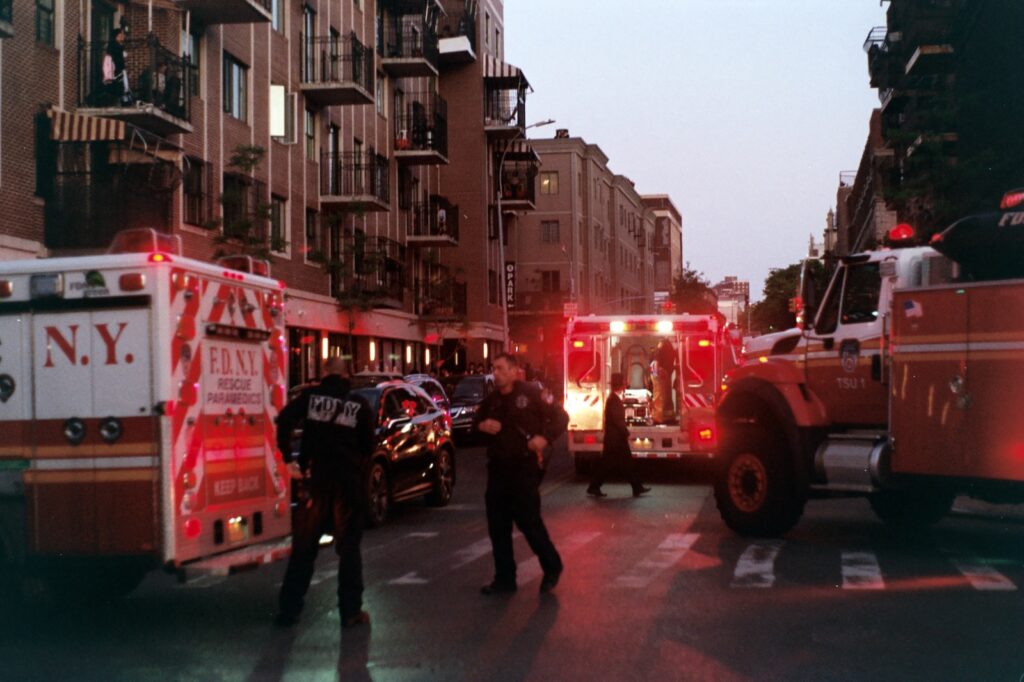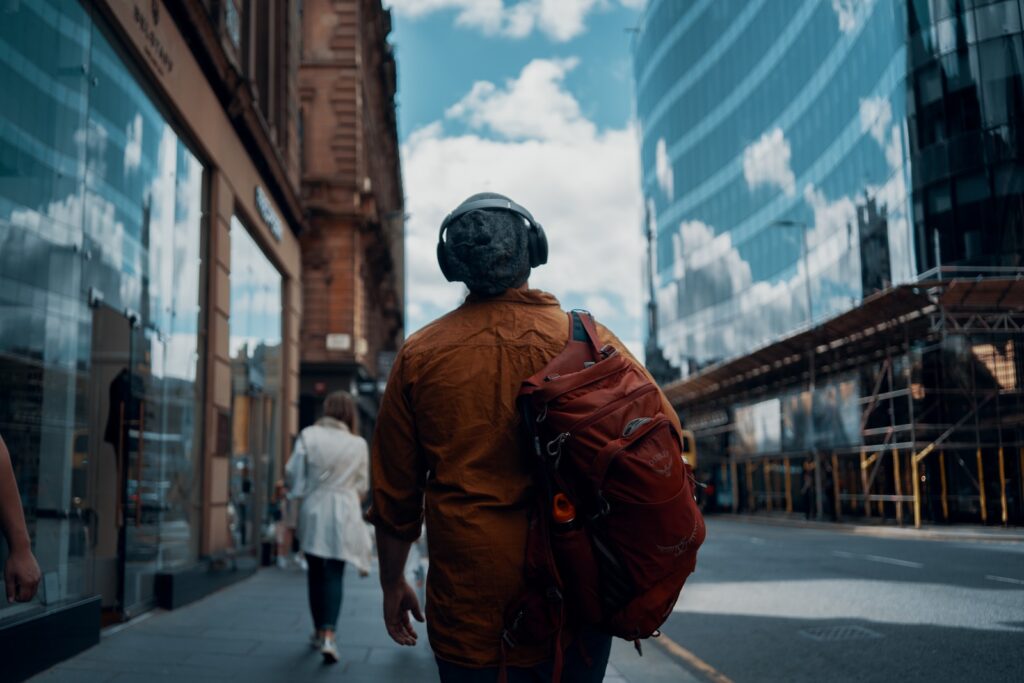Following the article “9 Essential Commuting Safety Tips to Safeguard Your Journey and Protect Your Well-being“, I now want to explore a topic that is often overlooked or simply taken for granted by most commuters. As a trauma surgeon, I have witnessed the devastating consequences of disregarding traffic rules—a topic of utmost importance that is regrettably widely ignored. The lack of consideration for traffic rules stands as the leading cause of severe accidents, permanent disability, and even loss of life.
This comprehensive guide aims to shed light on the criticality of traffic rules for every road user. By delving deep into their significance, providing key guidelines, and presenting practical examples across various modes of transportation, I strive to instill a culture of responsibility and adherence. By understanding and respecting traffic rules, we can pave the way towards a future where safety takes precedence and tragedies are prevented.
Table of Contents
Section 1: Biking
Biking has become a popular choice for commuting, providing a range of benefits for individuals and the environment. In this section, we will delve into the importance of mastering traffic rules as a cyclist, ensuring a safe and efficient journey. Let’s explore some key aspects of traffic rules that every cyclist should be aware of, along with real-life examples to illustrate their significance.
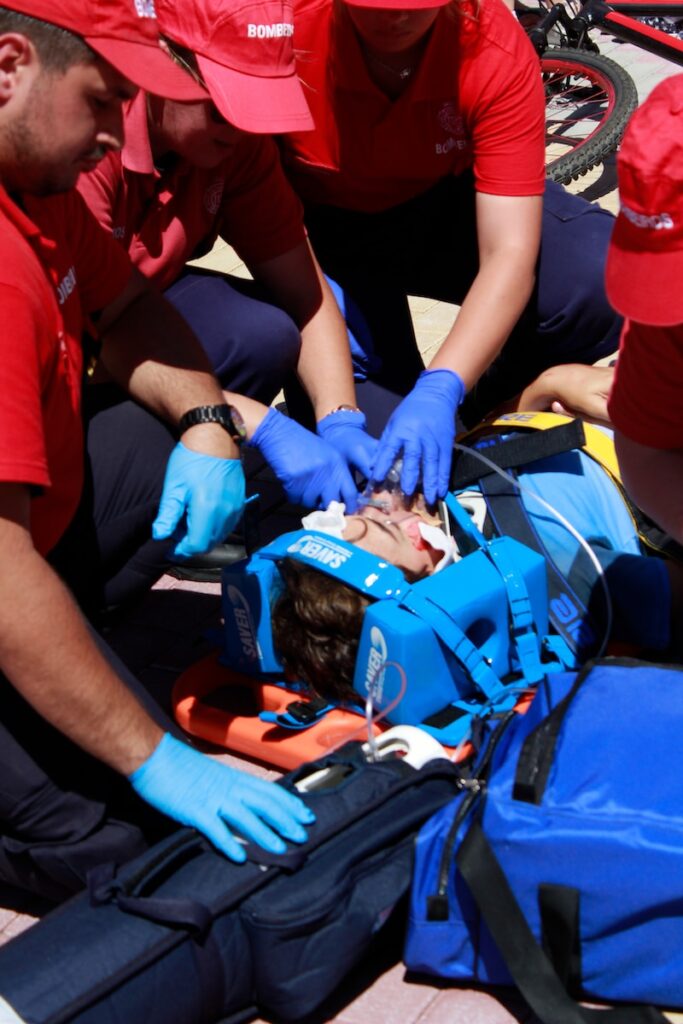
1.1 Obeying Traffic Signals and Signs
One of the fundamental traffic rules for cyclists is to obey traffic signals and signs. Just like motorists, cyclists must respect red lights, stop signs, and yield signs. For instance, imagine you approach a busy intersection with a red light. Adhering to traffic rules, you come to a complete stop, patiently waiting for the light to turn green. By doing so, you not only comply with the law but also ensure your safety and the safety of others sharing the road. I see many people on my daily commute and on my ER that don’t play by this rules. Don’t be one of them.
1.2 Understanding Hand Signals
Hand signals are crucial communication tools for cyclists, enabling them to convey their intentions to motorists and fellow riders. Let’s consider a scenario where you plan to make a left turn. By extending your left arm straight out to the side, you indicate to motorists behind you that you are preparing to turn left. This simple hand signal helps motorists anticipate your movement and adjust their driving accordingly, promoting smoother traffic flow and reducing the risk of accidents.
1.3 Right-of-Way Rules
Understanding right-of-way rules is essential for cyclists to navigate intersections and interact with other vehicles effectively. For instance, imagine you approach a crosswalk where pedestrians are waiting to cross. As a cyclist, it is your responsibility to yield the right of way to pedestrians, ensuring their safety and showing respect for traffic rules.
1.4 Staying Visible to Motorists
Visibility is paramount for the safety of cyclists on the road. Consider a situation where you plan to bike during dusk or dawn when visibility is reduced. As per traffic rules, wearing bright and reflective clothing, using front and rear lights, and attaching reflective accessories to your bike become crucial. By enhancing your visibility, you make yourself more noticeable to motorists, minimizing the risk of accidents caused by limited visibility and ensuring a safer commute. It is your responsibility to ensure that you stay safe and not the other way around. If you want to read more about this topic: 10 Expert Bike Commuting Tips for Beginners: Unlock Safety and Efficiency on Two Wheels
Section 2: Walking
Walking is a simple yet impactful mode of transportation that promotes health and sustainability. In this section, we will discuss the importance of navigating traffic rules as a pedestrian to ensure a safe and enjoyable journey. Let’s explore key aspects of traffic rules that pedestrians should be familiar with, along with practical examples to illustrate their significance.
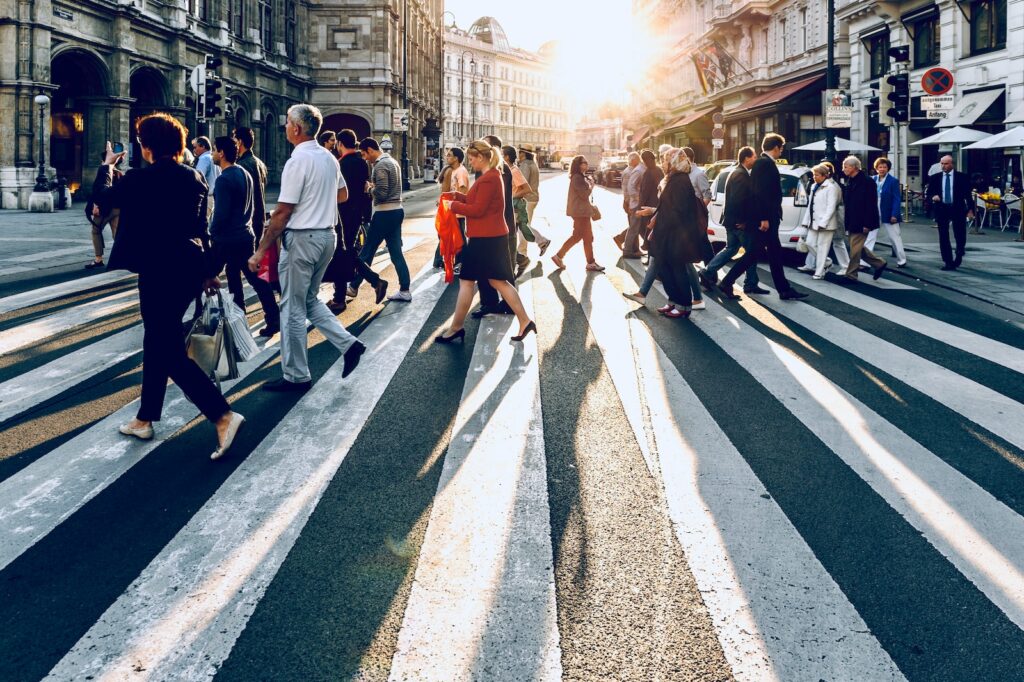
2.1 Using Crosswalks and Pedestrian Signals
One of the fundamental traffic rules for pedestrians is to use designated crosswalks and pedestrian signals when crossing roads. These designated areas are designed to enhance pedestrian safety by providing a clear and predictable path for crossing. For instance, imagine you approach a busy intersection with a pedestrian signal displaying a red hand symbol. Following traffic rules, you patiently wait for the signal to change to a white walking symbol before proceeding, ensuring your safety and adhering to traffic regulations. I have seen some major accidents involving pedestrians that just decided to ignore this traffic rule.
2.2 Yielding to Vehicles at Intersections
Intersections can be challenging for pedestrians, especially when vehicles are present. Traffic rules dictate that pedestrians must yield to vehicles when crossing at intersections without traffic signals or pedestrian crossings. For example, imagine you approach an intersection without a crosswalk, and a vehicle is approaching from your left. Following traffic rules, you should wait for the vehicle to pass before crossing the road, prioritizing your safety and respecting the right of way of vehicles. Do not expect that the vehicle will stop for you.
2.3 Sidewalk Etiquette
Maintaining proper sidewalk etiquette is essential for a smooth and safe pedestrian experience. Traffic rules expect pedestrians to walk on the right side of the sidewalk, just as vehicles drive on the right side of the road. This ensures a consistent flow of foot traffic, minimizes collisions, and allows for safe passing. By adhering to this rule, pedestrians contribute to a more organized and harmonious pedestrian environment, enhancing the overall experience for everyone sharing the sidewalk.
2.4 Using Pedestrian Crossings Strategically
Pedestrian crossings, such as zebra crossings or marked crosswalks, provide designated areas for pedestrians to cross safely. Understanding how to use these crossings strategically is crucial for pedestrian safety. For instance, when approaching a zebra crossing, traffic rules require pedestrians to make themselves visible by making eye contact with drivers before stepping onto the crossing.This simple act ensures that drivers acknowledge your presence, promoting safer interactions and reducing the risk of accidents. If there is no eye contact and if the vehicle does not seem to reduce speed, do not walk into the zebra crossing. There is a chance that you have not been seen.
Section 3: Motorcycling
Motorcycling offers a thrilling and efficient way to navigate through traffic. However, it’s crucial for motorcyclists to understand and adhere to traffic rules to ensure their safety and that of others on the road. In this section, we will delve into specific traffic rules and guidelines tailored to motorcyclists, along with relevant examples to illustrate their importance.
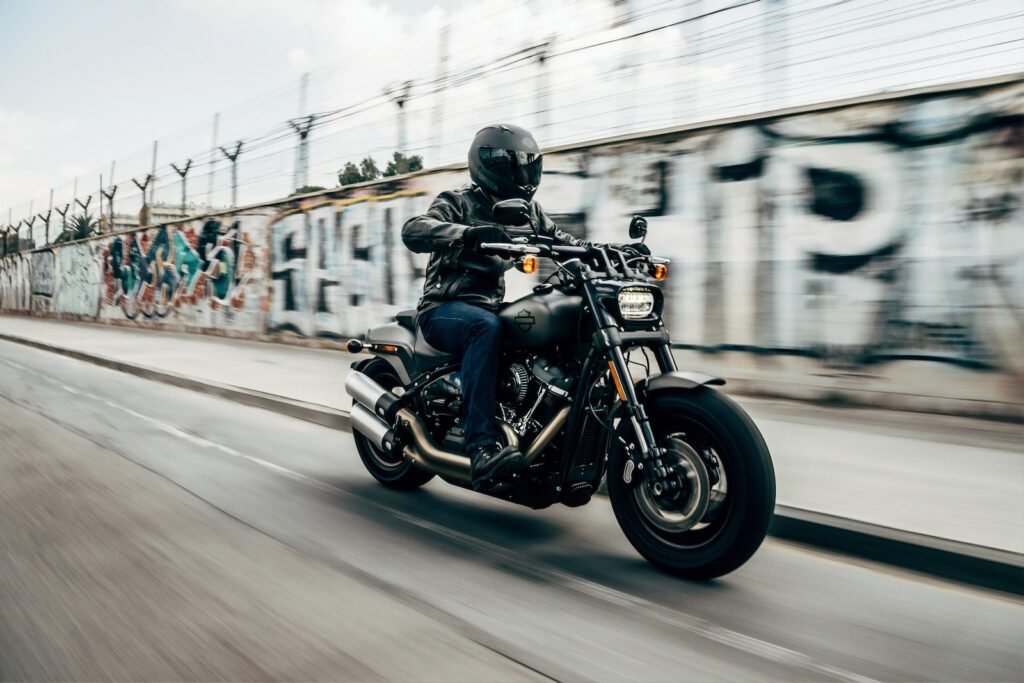
3.1 Lane Filtering and Splitting
One traffic rule that motorcyclists should be aware of is lane filtering and splitting. Depending on the jurisdiction, traffic rules may allow motorcyclists to maneuver between lanes or vehicles under specific circumstances. For instance, imagine you are riding your motorcycle in slow-moving traffic. Traffic rules in some areas may permit you to filter between lanes, carefully passing between vehicles, while traffic rules in other areas may prohibit this practice. Understanding the local traffic rules regarding lane filtering and splitting is crucial for maintaining safety and legality while on the road. Always assume that you are not being seen by the vehicles and proceed always with extreme caution.
3.2 Helmet and Protective Gear Requirements
Another vital aspect of traffic rules for motorcyclists is the requirement to wear helmets and appropriate protective gear. Traffic rules often mandate the use of approved helmets that meet specific safety standards. For example, traffic rules may stipulate that riders must wear helmets that are securely fastened and cover the entire head, providing adequate protection in the event of a crash. Adhering to these traffic rules by wearing the right helmet and protective gear significantly reduces the risk of head and bodily injuries in case of an accident. I strongly recommend you to wear protective gear. I have already seen some high-speed accidents with minor trauma, just because they had the right protective gear.
3.3 Overtaking and Passing Vehicles
Overtaking and passing vehicles safely is a skill that motorcyclists must master while following traffic rules. Understanding when and how to overtake vehicles is crucial for maintaining a smooth flow of traffic and preventing accidents. For instance, traffic rules typically require motorcyclists to signal their intention to overtake by using appropriate hand signals or turn indicators. Additionally, traffic rules may dictate specific zones or areas where overtaking is prohibited, such as near intersections or in designated no-passing zones. By adhering to these traffic rules, motorcyclists contribute to a safer road environment for themselves and others.
3.4 Speed Limits and Safe Riding Practices
Adhering to posted speed limits and practicing safe riding techniques are essential traffic rules for motorcyclists. Speed limits are set to ensure the safety of all road users, and motorcyclists must comply with these limits. For instance, traffic rules may specify a maximum speed limit for different types of roads or areas, such as residential zones or highways. Furthermore, traffic rules may also emphasize the importance of maintaining a safe following distance, using turn signals, and being mindful of blind spots. By following these traffic rules, motorcyclists can minimize the risk of accidents and promote a smoother and more predictable flow of traffic.
Section 4: Car Driving
Car driving is one of the most common modes of transportation, and it’s vital for drivers to have a solid understanding of traffic rules to ensure a safe and efficient journey. In this section, we will explore important traffic rules and guidelines specifically applicable to car drivers, along with relevant examples to highlight their significance.
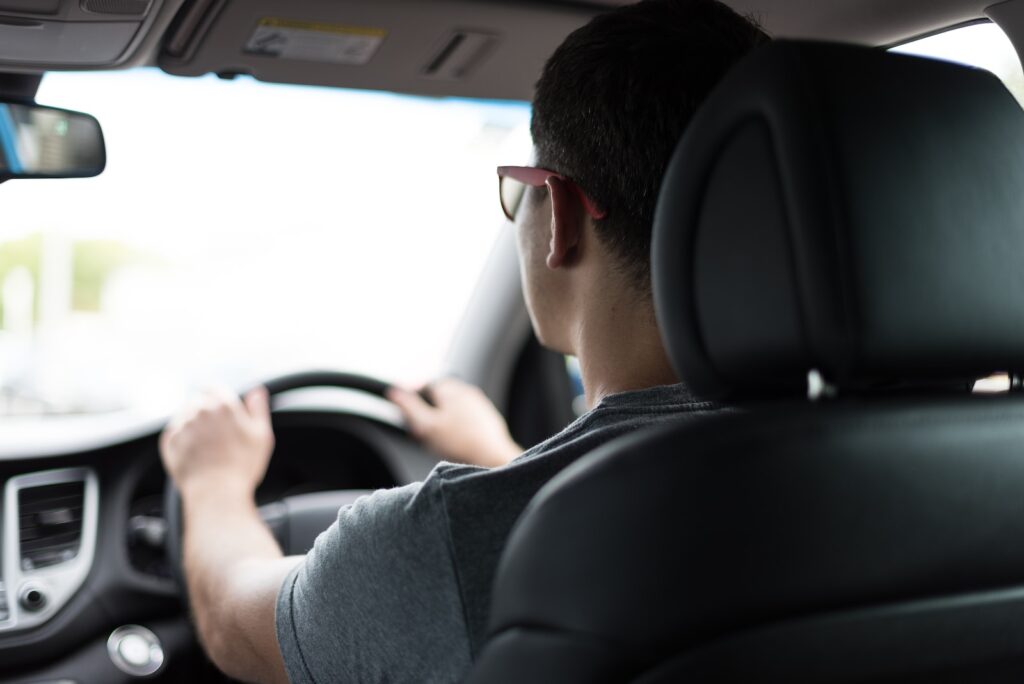
4.1 Following Distance and Stopping Distance
Maintaining an appropriate following distance is a fundamental traffic rule for car drivers. Traffic rules typically recommend a minimum distance of two seconds between your vehicle and the one in front of you. This allows for adequate reaction time and ensures a safe distance in case of sudden stops or emergencies. For example, imagine you are driving on a busy highway, and the car ahead suddenly applies the brakes. By following this rules and maintaining a proper following distance, you can react promptly and avoid a collision.
4.2 Right of Way and Yielding
Understanding right of way and yielding is crucial for car drivers to navigate intersections and ensure smooth traffic flow. Traffic rules determine which vehicle has the right of way in various situations. For instance, when approaching a stop sign, traffic rules may dictate that the vehicle reaching the intersection first has the right of way. Conversely, at a roundabout, traffic rules may require drivers to yield to vehicles already in the roundabout. By following these traffic rules, car drivers can prevent accidents and maintain order on the roads.
4.3 Signaling and Lane Changing
Signaling and proper lane changing techniques are essential traffic rules for car drivers. Indicating your intentions by using turn signals allows other drivers to anticipate your actions and adjust accordingly. For instance, when changing lanes, traffic rules generally require drivers to signal their intent to change lanes in advance, allowing surrounding vehicles to be aware of their maneuver. By adhering to these traffic rules, car drivers contribute to a safer and more predictable traffic environment.
4.4 Parking Regulations
Parking regulations are another critical aspect of traffic rules that car drivers must follow. Different areas have specific traffic rules regarding parking, such as time limits, designated zones, and parking permit requirements. For example, traffic rules in a city may prohibit parking in certain areas during peak hours to ensure smooth traffic flow. By familiarizing yourself with local parking regulations and adhering to them, you can avoid parking violations and help maintain order on the streets. If you park in an area that obstructs visibility for pedestrians and an accident occurs as a result, you may be held responsible for it.
Conclusion
In conclusion, traffic rules serve as the backbone of a well-functioning and safe transportation system. Whether you’re commuting on a bike, walking, riding a motorcycle, or driving a car, adhering to these rules is crucial for your own safety and the well-being of others on the road. By following traffic rules, we can reduce the risk of accidents, minimize traffic congestion, and create a harmonious environment for all road users. Remember, traffic rules are not mere guidelines; they are essential for maintaining order and preventing chaos. Let’s commit ourselves to being responsible road users and advocating for the strict adherence to traffic rules. Together, we can create a safer and more efficient transportation network for everyone.

